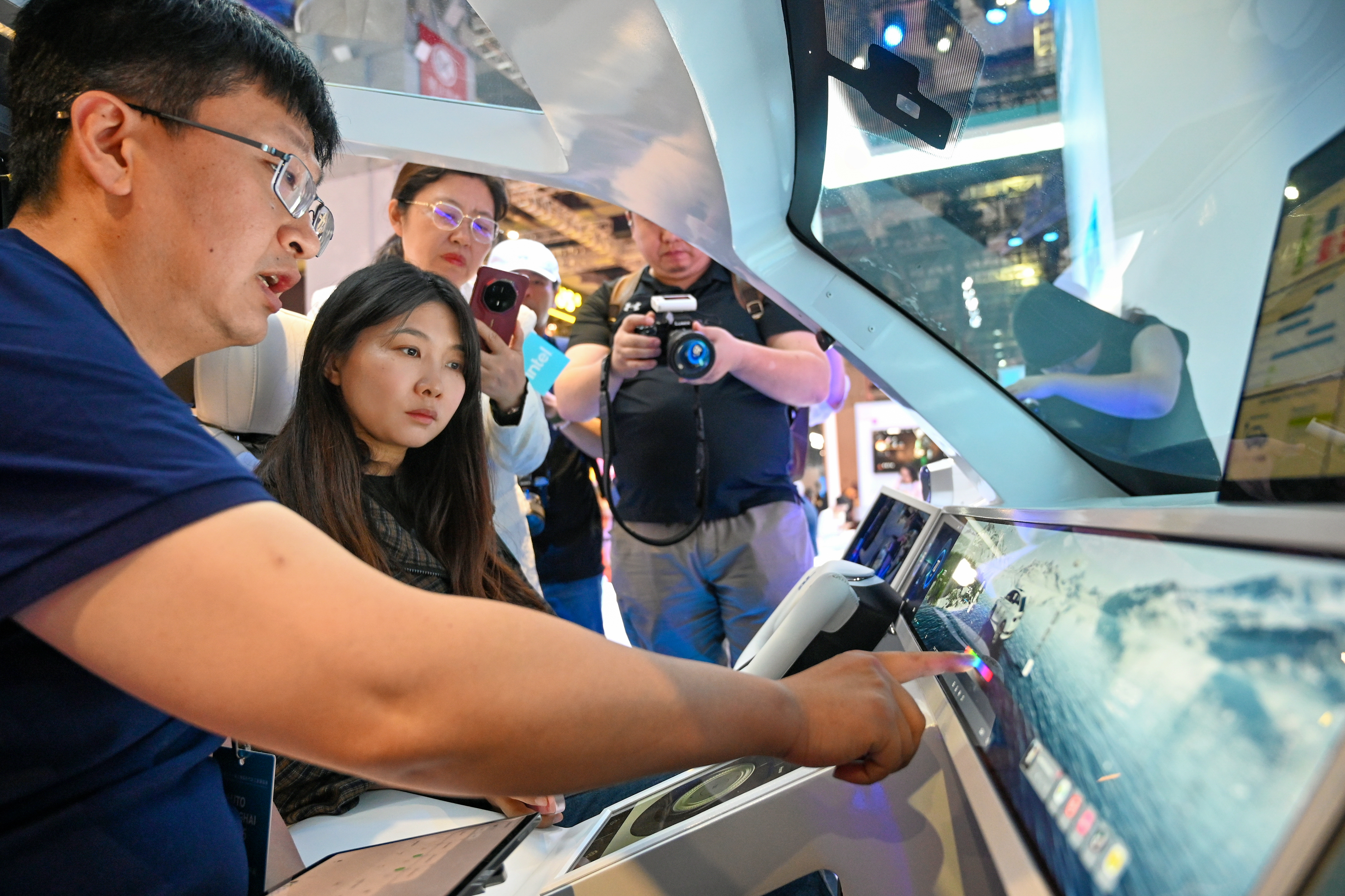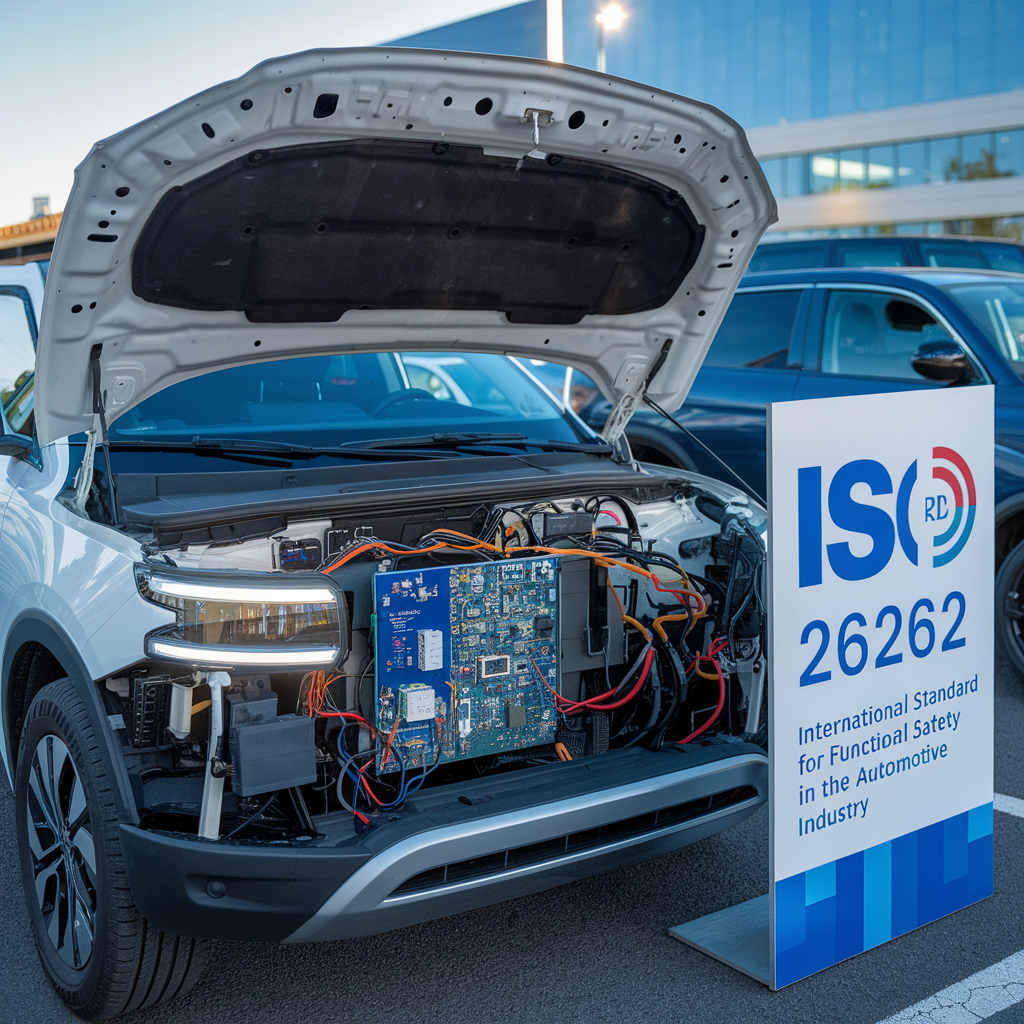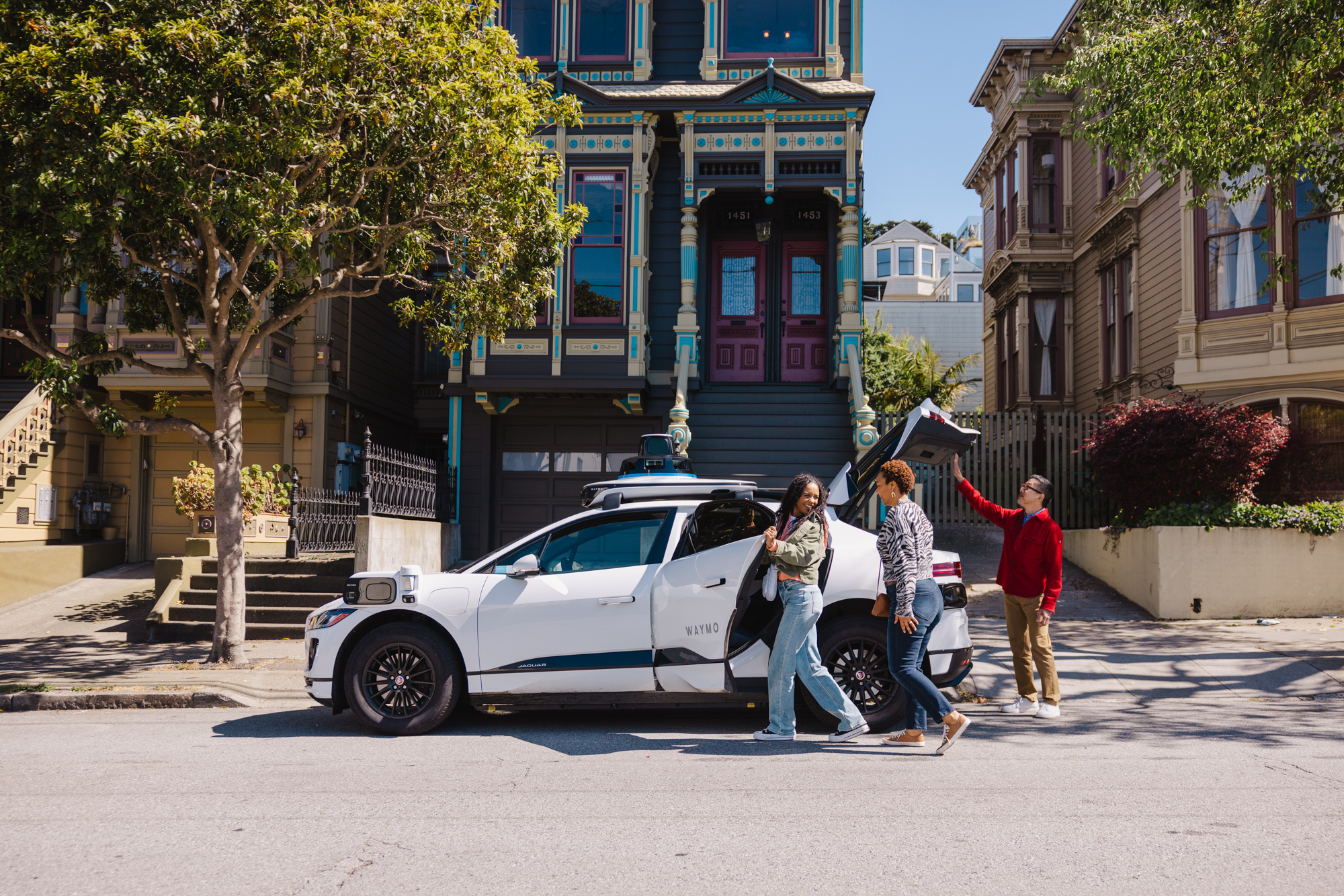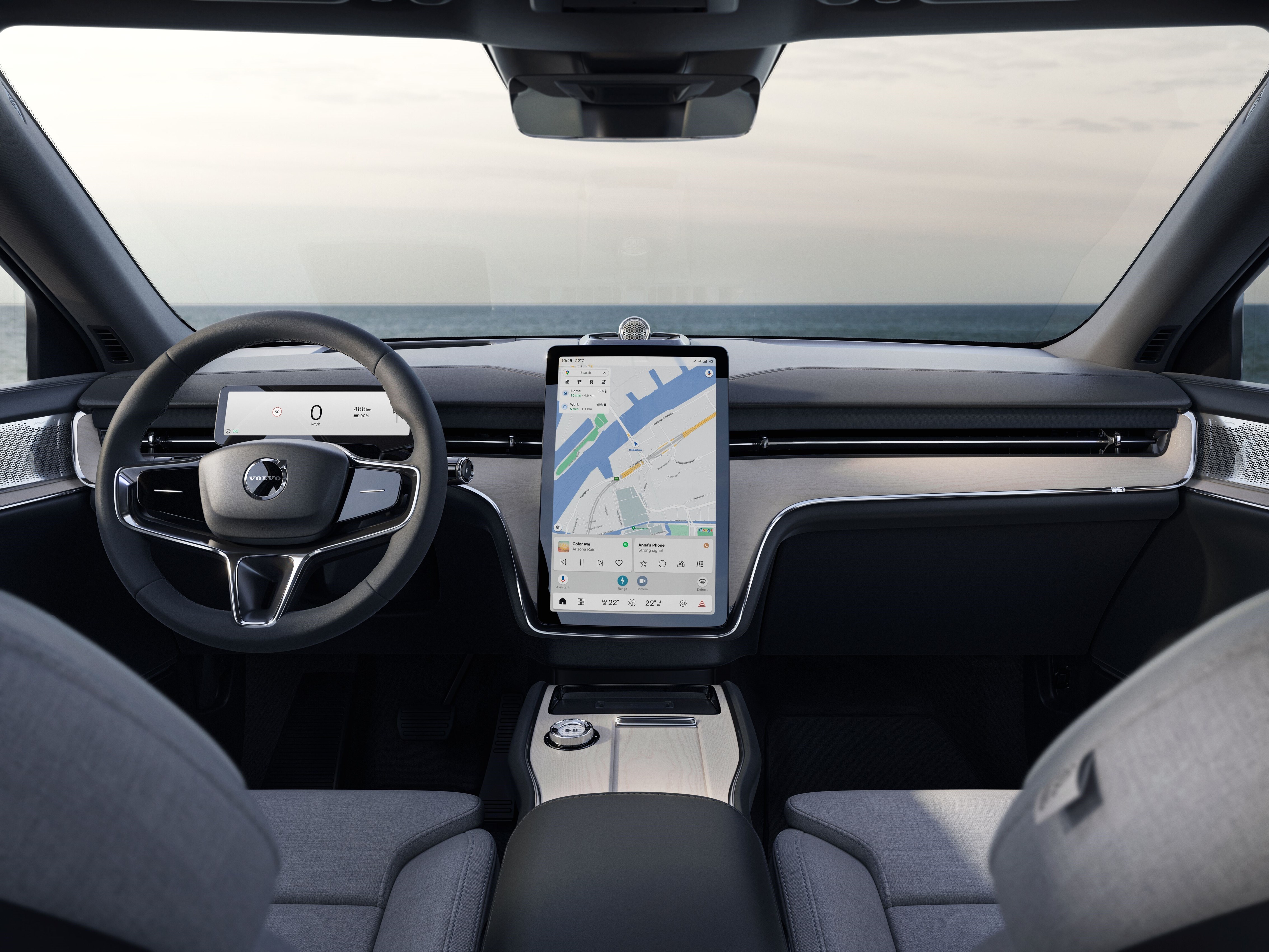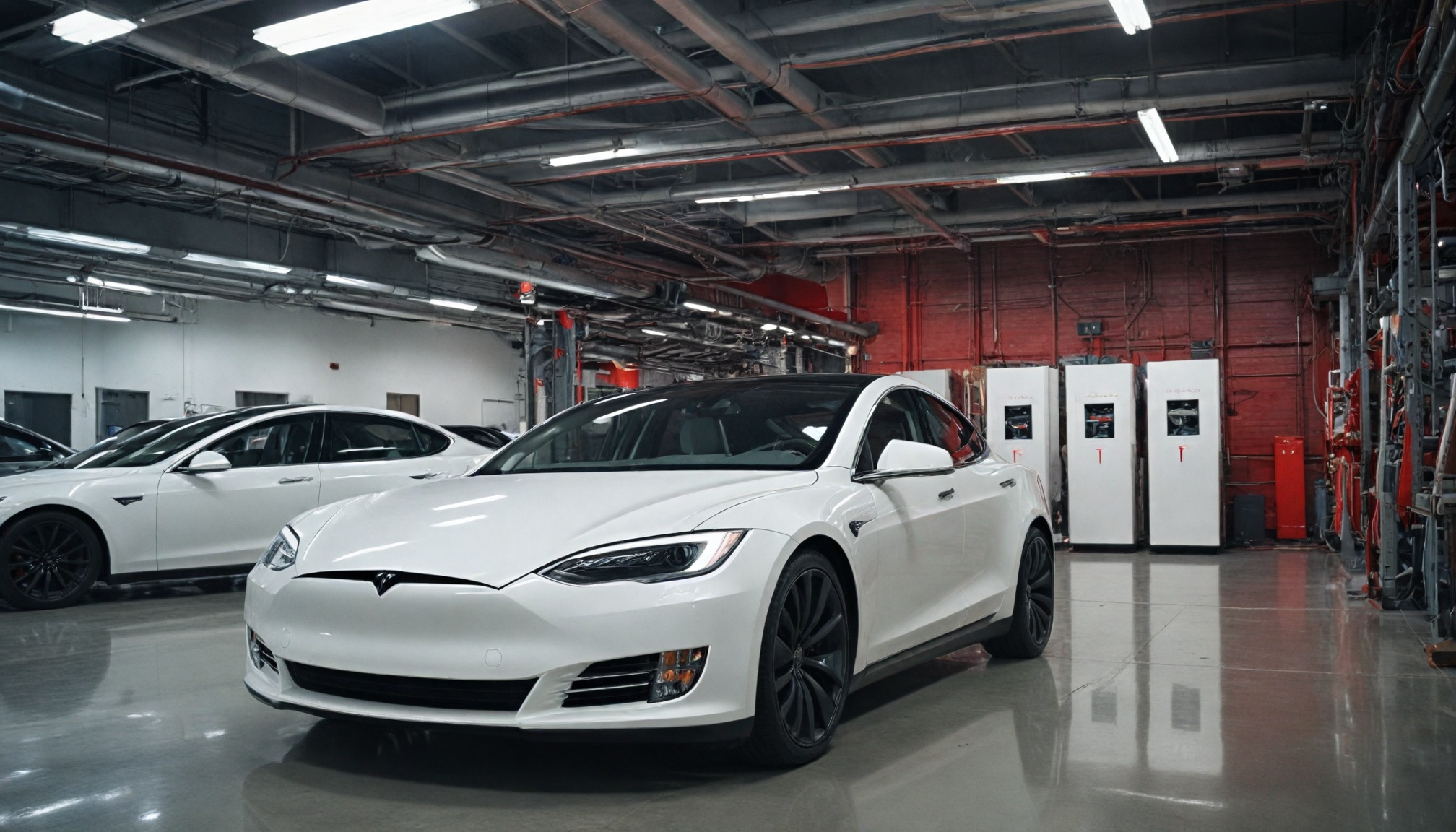
Automotive sensor fusion technology drives $52B market growth, enabling 360° awareness for autonomous vehicles through multi-sensor integration.

Drivetech Partners
The automotive sensors market is experiencing unprecedented growth as vehicle manufacturers integrate sophisticated sensor fusion technologies to enable autonomous driving capabilities and enhanced safety systems. This multi-billion dollar revolution combines radar, LiDAR, camera, and ultrasonic sensing technologies to create comprehensive environmental awareness, fundamentally transforming how vehicles perceive and interact with their surroundings.
Key Takeaways
Global automotive sensors market projected to reach $52 billion by 2035, growing at 8.9% CAGR from $22 billion in 2025
Multi-sensor fusion creates 360° environmental awareness by combining complementary strengths of different sensor types
Sensor integration enables advanced real-time decision-making for navigation, safety, and energy optimization
Engineering challenges include managing diverse data formats and developing standardized processing algorithms
Growth driven by regulatory requirements and the transition to electric, connected, and autonomous vehicles

The $52 Billion Automotive Sensors Revolution
The automotive industry stands at the precipice of a sensor-driven transformation. Financial projections paint a clear picture: the global automotive sensors market is set to more than double from $22 billion in 2025 to $52 billion by 2035, representing a compound annual growth rate (CAGR) of 8.9%. This growth reflects the rapid shift toward increasingly sophisticated vehicles that rely on sensor arrays to function.
The autonomous vehicle sensor market specifically shows even more dramatic growth potential, expected to surge from just $0.4 billion in 2022 to $19.1 billion by 2030 – an extraordinary CAGR of 62.6%. Regional differences are also emerging, with the US market growing at 9.1% compared to the UK's 7.8% through 2035.
Looking at specific sensor technologies, the automotive LiDAR segment alone is projected to grow from $2.05 billion in 2024 to $12.5 billion by 2035, highlighting the critical role this 3D mapping technology will play in future vehicle designs.
The Convergence of Multiple Sensor Technologies
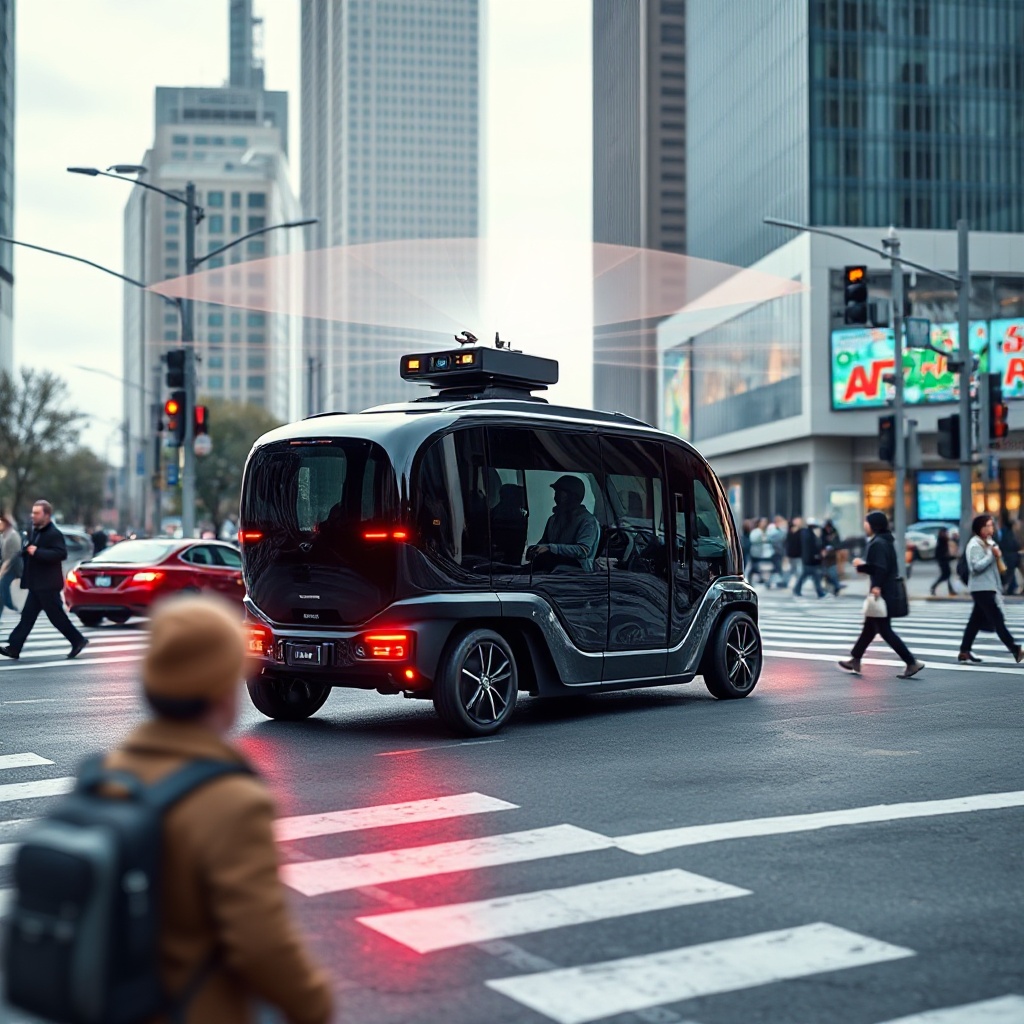
Modern vehicles are evolving beyond reliance on single sensor types toward comprehensive multi-sensor data fusion systems. This approach creates a full 360-degree awareness of the vehicle's environment by strategically combining the strengths of different sensor technologies:
LiDAR sensors provide precise 3D mapping with excellent spatial resolution
Radar units excel at measuring distance and speed even in adverse weather conditions
Camera systems capture rich visual information including colors and textures
Ultrasonic sensors deliver reliable close-range object detection
The most advanced systems employ raw data sensor fusion techniques, where unprocessed sensor inputs are integrated before feature extraction occurs. This approach delivers superior detection performance compared to decision-level fusion but requires more computational power.
Successful sensor fusion must address significant technical challenges related to varying sensor accuracies, resolutions, sampling rates, and noise characteristics. Modern vehicles need flexible sensor architectures that can adapt to different levels of autonomy without requiring complete redesigns as technology advances.
Revolutionizing Vehicle Safety and Autonomy
Integrated sensing systems are fundamentally changing vehicle capabilities across multiple dimensions. The most visible impact is in Advanced Driver Assistance Systems (ADAS) and autonomous driving features that now come standard in many new vehicles.
These systems improve safety by compensating for individual sensor limitations. For example, when camera visibility is compromised in heavy rain, radar can maintain distance detection. This complementary redundancy creates a more reliable perception system than any single sensor could provide.
Beyond safety, sensor fusion enables real-time decision-making for navigation, obstacle avoidance, and energy optimization. When integrated with AI and IoT technologies, these systems enhance predictive maintenance by detecting potential failures before they occur.
The broader impact extends to supporting the transition toward the CASE (Connected, Autonomous, Shared, Electric) mobility paradigm that's reshaping transportation. Sensor systems provide the foundation for seamless vehicle interactions with infrastructure, other vehicles, and pedestrians in increasingly complex environments.
Engineering Challenges in Sensor System Development
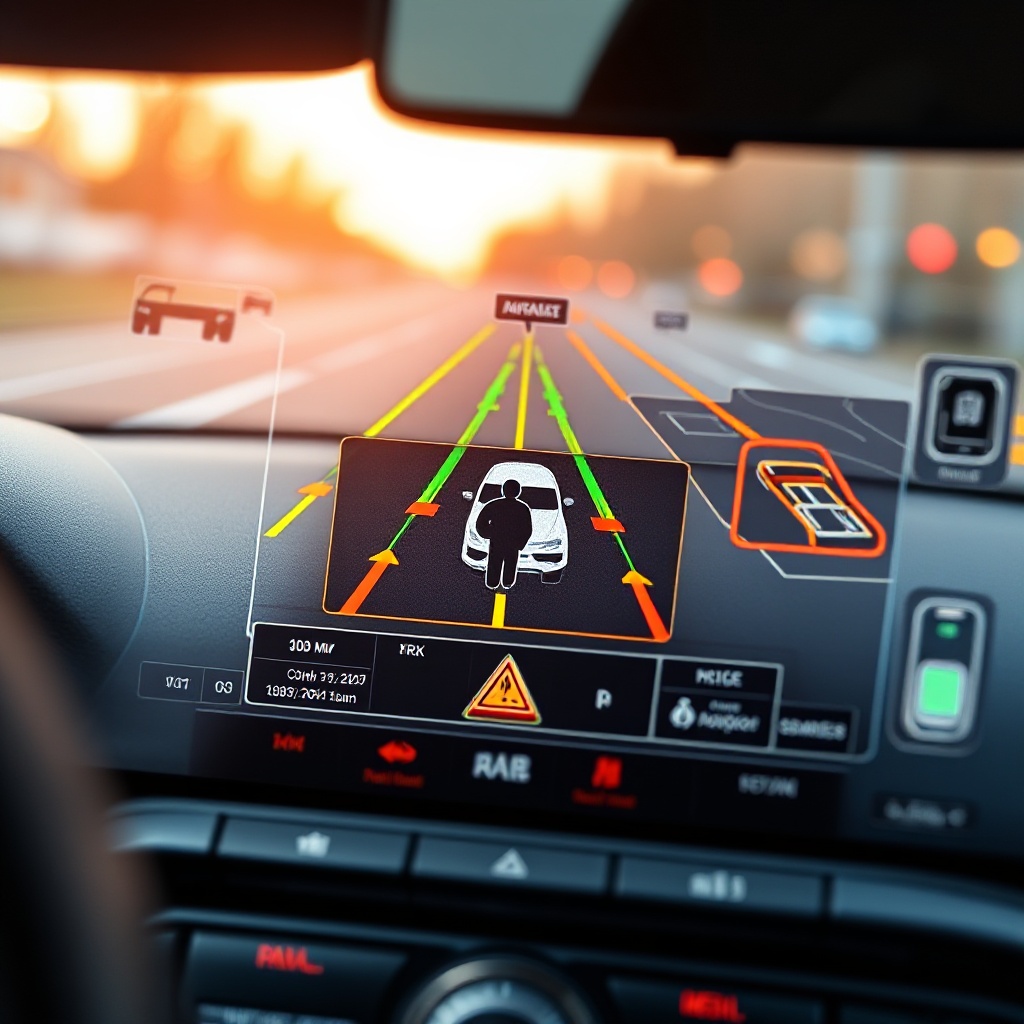
Creating effective sensor fusion systems presents significant technical hurdles. One primary challenge is integration complexity – sensors operate on different principles and generate data in vastly different formats, dimensions, and timescales. For example, LiDAR produces point clouds, cameras create images, and radar produces signal returns, making unified processing difficult.
This heterogeneity necessitates sophisticated algorithms capable of accommodating diverse sensor properties. Automotive engineers need standardized software solutions to transform this data into common formats usable by decision-making algorithms.
Another major challenge is ensuring system determinism and automotive-grade quality while managing increased computational demands. Processing multiple high-bandwidth sensor inputs requires substantial computing power, yet must operate within strict real-time parameters to be effective for safety-critical functions.
Perhaps most critically, manufacturers must balance sensor suite complexity with cost constraints to enable mass-market adoption. The most sophisticated sensor arrays currently remain prohibitively expensive for entry-level vehicles, creating a tension between technological capabilities and financial accessibility.
The Regulatory and Market Forces Shaping Sensor Technology
Several regulatory and market forces are accelerating sensor technology adoption. Stricter emissions regulations, including Europe's Euro 7 standards and America's Corporate Average Fuel Economy (CAFE) requirements, are driving demand for precise engine and exhaust monitoring sensors.
Government safety mandates are also influential, such as the US National Highway Traffic Safety Administration's requirement for automatic emergency braking as standard equipment by 2022. These regulations create a baseline demand for sensor systems across all vehicle categories.
The rapid growth of electric vehicles is increasing demand for specialized sensor types focused on battery management and thermal monitoring. These sensors are critical for optimizing performance and extending battery life in EV platforms.
Consumer expectations also play a significant role, with buyers increasingly demanding enhanced safety features, convenience functions, and improved driving experiences that rely on comprehensive sensor systems. Additionally, growing ESG reporting requirements are pushing manufacturers toward more efficient vehicle technologies that rely on precise sensor control.
The Evolving Automotive Sensor Ecosystem
The automotive sensor market includes diverse players across the supply chain. Key manufacturers like Sejong Industrial, Harbin Airui, Bosal, SANGO, and Faurecia are competing to establish dominance in this rapidly expanding segment.
Strategic partnerships are forming between automotive microcontroller suppliers (like Infineon) and sensor fusion software providers (like Baselabs) to create integrated solutions. These collaborations help overcome the technical challenges of building complex sensor platforms.
Regional manufacturing hubs are emerging globally, with notable government-led revitalization programs in the UK's Midlands and Northern England supporting localized sensor component production. These initiatives aim to secure supply chains and create technology clusters.
From a regional market perspective, Asia Pacific is expected to become the largest market by volume, followed by Europe and North America. This distribution reflects both manufacturing capacities and adoption rates of advanced vehicle technologies across different regions.
AI-Driven Software Platforms: The Future of Automotive Sensing
The next evolution in automotive sensing involves a transition from camera-centric perception to sophisticated multi-sensor platforms capable of supporting higher autonomy levels. This shift requires increasing integration of AI and machine learning for improved object detection, classification, and tracking.
Software-defined vehicles with centralized sensor processing architectures are becoming the industry standard. This approach replaces distributed processing with powerful central computers that can handle multiple sensor inputs and make holistic decisions based on comprehensive environmental data.
Smart manufacturing and digital twin strategies are driving the development of interconnected sensor platforms that can be updated and improved throughout the vehicle lifecycle. These systems increasingly incorporate sensor redundancy and fail-operational capabilities to ensure safety even when individual components malfunction.
The focus is shifting toward sensor solutions that can adapt to different autonomy levels without requiring complete redesigns as technology advances. This flexibility will be crucial for future-proofing vehicles in a rapidly evolving technological landscape.
Sensor Technology's Role in the Electrification Revolution
The automotive industry's electrification trend is creating new opportunities and requirements for sensor technology. Integration between sensor systems and electric powertrain management is growing, with sensors providing critical data for optimizing battery performance and thermal management.
Autonomous features enabled by comprehensive sensor arrays are helping reduce energy consumption through optimized driving patterns. This synergy between autonomy and electrification creates more efficient vehicles overall.
New sensor types are emerging specifically for EV diagnostics and battery monitoring, including sophisticated thermal sensors, current sensors, and battery health monitoring systems. These specialized components help address the unique challenges of electric powertrains.
Looking forward, the integration of energy harvesting technologies with sensor systems promises improved efficiency. Self-powered sensors that can generate their own electricity from vehicle vibrations, temperature differentials, or light reduce the parasitic load on vehicle electrical systems, extending range and improving overall performance.
Sources
marketsandmarkets.com Market-Reports sensor-market
idtechex.com research-report sensor-market
rootsanalysis.com sensors-market
marketresearchfuture.com reports automotive-lidar-sensors-market
infineon.com Driving towards Level2+ Sensor Fusion for ADAS Whitepaper
digitaldividedata.com blog multi-sensor-data-fusion-in-autonomous-vehicles
futuremarketinsights.com reports automotive-sensors-market
